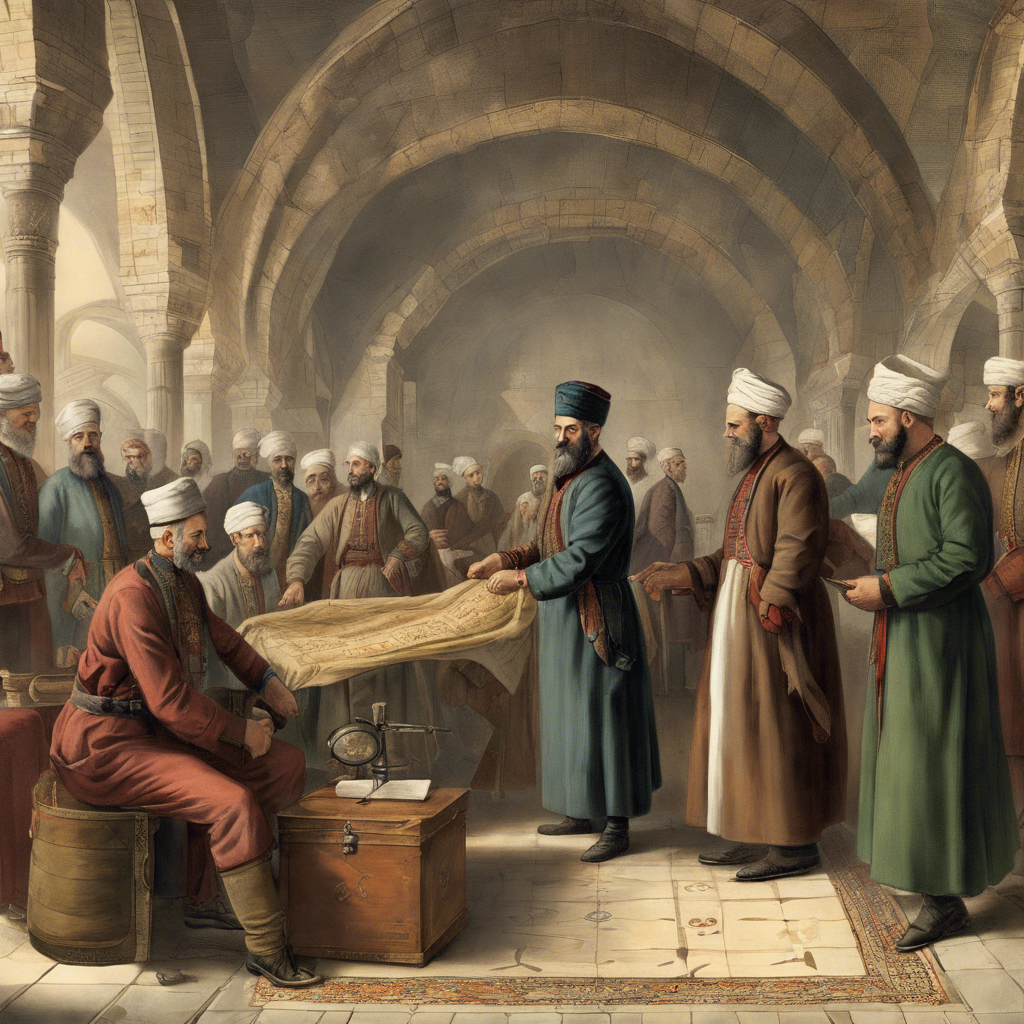The untold story of science and technology in the rise and fall of the Ottomans
Throughout history, empires have harnessed the power of science and technology to bolster their dominance and ensure their survival. While much has been written about the scientific advancements of European powers during their imperial heyday, little attention has been given to the scientific accomplishments of the Ottoman Empire. However, a groundbreaking study led by Turkish scholar-diplomat Ekmeleddin İhsanoğlu has shed light on the rich scientific heritage of the Ottomans. The recently published three-volume summary, “The Ottoman Scientific Heritage,” offers a comprehensive exploration of the empire’s scientific achievements and their implications for its rise and fall.
Science in the service of the empire:
The Ottoman Empire, which spanned six centuries and encompassed vast territories in northern Africa, the Middle East, and southeast Europe, was home to several centers of Arabic learning. In cities such as Cairo and Damascus, scholars flourished, making significant contributions to fields like astronomy and medicine. For example, Ibn al-Shatir, an astronomer from Damascus in the 14th century, developed planetary models that predated those of Nicolaus Copernicus by nearly two centuries. These scientific advancements were made possible by institutions like Al-Azhar University in Cairo, which played a crucial role in fostering knowledge and innovation.
The quest for Ottoman scientific heritage:
The Ottoman Empire’s scientific legacy remained largely unexplored until Ekmeleddin İhsanoğlu and his team of historians and archivists embarked on a monumental research project. Over the course of almost 40 years, they scoured archives and libraries worldwide, piecing together a comprehensive resource on Ottoman science. The result is an impressive 18-volume collection, originally published in Turkish. Last month, a three-volume summary was released in English, providing a broader audience with access to this invaluable historical record.
Eclipsed no more:
One of the challenges in studying the scientific achievements of past empires is the scarcity of available records. Unlike the well-documented scientific endeavors of European powers, the personal papers, diaries, and official records of Ottoman scientists are not as readily accessible. However, İhsanoğlu and his team managed to identify 4,897 scholars and 20,154 manuscripts from 527 collections across 52 countries. This unprecedented effort has shed new light on the scientific contributions of the Ottoman Empire and its scholars.
Historical similarities:
İhsanoğlu’s inspiration for the project came from his encounter with Joseph Needham, the renowned British biochemist and historian of science. Both men shared a passion for science and a deep interest in the scientific accomplishments of non-Western civilizations. Needham’s monumental work, “Science and Civilisation in China,” served as a model for İhsanoğlu’s research, prompting him to delve into the scientific heritage of the Ottoman Empire. The parallels between their careers, as scientists turned diplomats and scholars, further highlight the significance of their contributions to the history of science.
Science and belief in the Ottoman Empire:
During the Ottoman Empire, science and religious belief were closely intertwined. The empire boasted 350 institutions of higher learning called medreses, which provided education for religious leaders and imperial administrators. Despite objections from some theologians, many medreses offered courses in science alongside theology and jurisprudence. Medical education, in particular, received significant attention during the reign of Sultan Suleyman. This integration of science and faith reflects the complex relationship between knowledge and religion within the empire.
The modernization of Ottoman science:
In the mid-to-late nineteenth century, known as the Tanzimat period, the Ottoman Empire underwent significant reforms, including the modernization of education and science. The empire embraced a more secular system of governance and adopted European technologies and knowledge. Institutions such as the Imperial School of Naval Engineering, the War Academy, and the Imperial Medical School were established to serve the empire’s needs. The Ottoman Empire also made advancements in military technology, clockmaking, cartography, medicine, telegraphy, and railways, including the renowned Hejaz railway.
Unanswered questions:
The Ottoman Scientific Heritage raises intriguing questions about the empire’s scientific advancements and their impact on its rise and fall. Why did the empire’s early scientific advantage not translate into sustained development? Why did the scientific and industrial revolution occur in Western Europe rather than in the Ottoman Empire? İhsanoğlu’s meticulous research, which confirms scientists’ identities and matches them to their work, lays the groundwork for future generations to explore these questions further. The Ottoman Scientific Heritage serves as a vital resource for understanding the role of science in the empire’s history.
Conclusion:
“The Ottoman Scientific Heritage” is a groundbreaking study that unveils the scientific legacy of the Ottoman Empire. Through decades of research, Ekmeleddin İhsanoğlu and his team have shed light on the scientific achievements of the empire and their implications. This comprehensive work not only fills a significant gap in the history of science but also invites further exploration of the relationship between science, empire, and societal development. The Ottoman Empire’s scientific heritage is a testament to the enduring power of knowledge and innovation, regardless of geopolitical boundaries.











